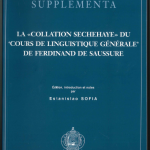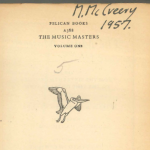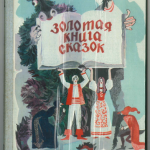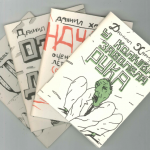The hunger games. Mockingjay / Lionsgate presents ; a Color Force/Lionsgate production ; produced by Nina Jacobson, Jon Kilik ; screenplay by Peter Craig and Danny Strong ; adaptation by Suzanne Collins ; directed by Francis Lawrence. (OCLC #961480896)
OLAC’s Best Practices for Cataloging DVD-Video and Blu-ray Discs Using RDA and MARC21 indicate that widescreen presentation of a DVD may be recorded as an edition statement when it is presented as such:
250 __ $a Widescreen edition.
Regardless of whether it appears as an edition statement, it should also be recorded in a 500 note:
500 __ $a Wide screen (2.4:1).
As many fields that we used to record as free-text in a 538 note now are recorded in specific fields (like 344 for sound characteristics, 346 for video characteristics), it is tempting to put this information into 345 (Projection Characteristics of Moving Image) which has a subfield for presentation format, but this should not be done. This field is only for use with actual motion picture film, and should not be used for DVDs.






